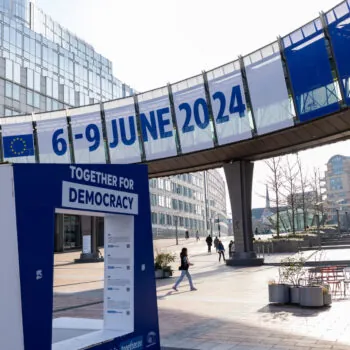Like any decades-old tradition, Autumn Statements have their own conventions. Road building schemes are always reannounced and major infrastructure investments and welfare spending cuts are always just around the corner. A recent addition to these conventions is that energy bills are always going to fall as a result of something or other.
Autumn Statements are rarely in the autumn, which makes this newer convention particularly important for any Chancellor. The main set piece event of the winter political calendar is the ideal opportunity to prove that the Government is doing everything for those just about managing to pay their energy bills.
Today two-thirds of households in the UK pay an average of £138 more for their energy than they should each year. As total energy costs have fallen these nineteen million households have seen their bills rise.
Earlier this year the Competition and Markets Authority showed that the majority of households have not benefited from falling costs. As the chart below shows, the gap between the cost of energy and the average energy bill is getting wider.
The thin line, showing total energy costs, is set to go lower still if we move rapidly to a flexible power system with a high share of renewable generation and some flexibility. The two charts below show that the cost assumptions used by the Government and in our recently published Plugging the Energy Gap report are already out of date. The potential savings continue to grow as renewable energy and other costs fall rapidly.
‘Smart power’ the mix of renewable generation with energy demand response and storage, is on its way and everyone seems to agree that this is a good thing.
Everyone, except the vast majority of people for whom energy is just another bill through the door. For the households just about getting by, or anyone not maintaining their own spreadsheet of fixed energy tariff offers to avoid the trap of ‘phantom savings’, lower total energy costs have not translated into lower bills.
The Government has yet to come up with genuine solution to rising energy bills and has, until recently, leaned heavily on an illusory promise to “cut the green crap”. Following the Government’s commitment to build new low carbon generation capable of producing over 150TWh of electricity each year by 2030 – around half of all current output – these rhetorical solutions no longer work. Thankfully a genuine solution is available if the Government is willing to act.
Last month the think tank Green Alliance posed the question ‘Everyone likes smart power but where is the market?’ Their recommendations, along with those of Policy Exchange, the National Infrastructure Commission and our own show how savings can be secured and passed on to the majority of households.
This means that the new Department of Business, Energy and Industrial strategy can now begin to abandon some of the arguments developed in response to the Labour Party’s 2015 general election commitment to freeze energy prices. With bankable savings available the Government no longer needs to use the renewable energy industry as a scapegoat for rip-off energy bills; instead of illusory promises to “cut the green crap” and uncover “hidden energy costs” the Government now has the opportunity deliver a cut in energy bills.
If the Government acts to deliver smart power now then the conventional commitment to reduce energy bills will have some substantial policy content. Of course this would only be a first step toward reducing the cost of living for millions of households, but it’s an essential one. Without it this commitment will, like all those bypasses yet to be built, become just another bit of theatre.




